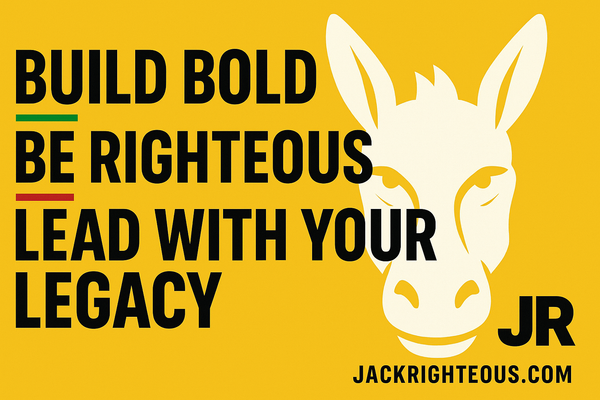Advanced ChatGPT Prompts for Lyric Creation: Elevate Your Songwriting
Gary Whittaker
"Advanced ChatGPT Prompts for Lyric Creation: Elevate Your Songwriting"
Warning: Listen Before You Leap
When working with AI like ChatGPT, it’s easy to be impressed by the initial results and assume they’re brilliant. But relying solely on AI’s output without careful refinement can lead to cluttered, unfocused work. Think of the process like tending to a bonsai tree: small, precise adjustments over time create the most impactful results. Don’t be tempted to churn out multiple versions without focusing on perfecting a single one.
Introduction:
ChatGPT is a powerful tool for lyric creation, but its true potential is unlocked through advanced prompt engineering. This article will guide you on how to craft detailed, effective prompts that help you generate lyrics with depth and originality.
Section 1: Advanced Prompt Crafting
-
Structure and Theme:
- Instead of a simple prompt, use one that defines the song’s structure and theme clearly. For example:
- “Generate lyrics for a song with an [AABA] structure, focusing on the theme of [lost love], using [multisyllabic rhymes] and a central metaphor of [time as a river].”
- This ensures the AI understands both the form and the emotional tone you’re aiming for.
- Instead of a simple prompt, use one that defines the song’s structure and theme clearly. For example:
-
Layered Prompts:
- Break down the process by creating layered prompts. Start with a broad concept and narrow it down. For instance:
- First prompt: “Create a metaphorical framework for a song where [time] is compared to [a river], emphasizing the flow of [inevitability] and the erosion of [memories over time].”
- Follow-up: “Develop a verse using this metaphor, focusing on the [inevitability of change] and the [gradual loss] that comes with the passage of time.”
- Break down the process by creating layered prompts. Start with a broad concept and narrow it down. For instance:
-
Refinement through Iteration:
- After generating initial lyrics, use prompts to refine them. For example:
- “Revise the chorus to enhance the emotional impact, emphasizing the [pain of separation] and incorporating a [crescendo] that mirrors the intensity of the [narrative’s climax].”
- This helps to fine-tune the lyrics, making sure they align with the desired emotional tone.
- After generating initial lyrics, use prompts to refine them. For example:
-
Customizing AI Voice and Style:
- Guide the AI to mimic a specific style or artist. For example:
- “Write lyrics in the style of [Leonard Cohen], focusing on themes of [redemption and regret], and using [poetic imagery] to evoke a sense of [melancholic reflection].”
- This approach helps create lyrics that resonate with the specific mood or style you’re aiming for.
- Guide the AI to mimic a specific style or artist. For example:
-
Incorporating Complexity and Depth:
- Push the AI to handle more complex themes and structures. For example:
- “Generate a song that explores the duality of [human nature], using contrasting imagery of [light and darkness] and shifting perspectives between [the protagonist’s internal conflict].”
- This ensures that the lyrics are not only surface-level but also have layers of meaning.
- Push the AI to handle more complex themes and structures. For example:
Section 2: Practical Application – Case Studies
-
Shifting Perspective:
- Use ChatGPT to create lyrics where the perspective shifts between characters. Start with a broad prompt:
- “Generate lyrics that alternate between the perspectives of two characters, focusing on their contrasting emotions during a conflict.”
- Refine the lyrics by adjusting the tone and ensuring consistency in each character’s voice.
- Use ChatGPT to create lyrics where the perspective shifts between characters. Start with a broad prompt:
-
Developing a Central Metaphor:
- Craft a song around a metaphor. Start with:
- “Create lyrics for a song using [time as a river] as the central metaphor, focusing on themes of [change] and [loss].”
- Refine by adding layers to the metaphor, ensuring it remains consistent and impactful throughout the song.
- Craft a song around a metaphor. Start with:
-
Experimenting with Structure:
- Break traditional structures by using unconventional forms. For instance:
- “Generate lyrics for a song with a [through-composed] structure, focusing on the continuous narrative of [a journey through life].”
- Ensure the lyrics flow naturally without the constraints of a chorus or repetitive structure.
- Break traditional structures by using unconventional forms. For instance:
Section 3: Tips for Continuous Improvement
- Experimentation: Continuously test different prompt structures and combinations to discover what best fits your style.
- Analysis: Review AI-generated content to identify effective patterns and techniques, applying these insights to future projects.
- Refinement: Always refine AI-generated lyrics. Use the AI for drafting, but rely on your own judgment for final touches to maintain a human touch.
Conclusion:
Advanced prompt engineering with ChatGPT can significantly enhance your lyric creation process. By carefully crafting your prompts and refining the outputs, you can produce lyrics that are both sophisticated and emotionally resonant. Remember, the key is in the details—small, thoughtful adjustments make all the difference in creating truly impactful music.
Ready to Launch or Level Up Your AI Music Journey?
🔹 Start Here – The Suno AI Creator Guide:
https://jackrighteous.com/pages/suno-guide-getting-started
🔹 Learn to Brand with Sound – GET JACKED Into Suno Branding:
https://jackrighteous.com/pages/start-ai-music-branding
🔹 Unlock the Full Anthem Path – GET RIGHTEOUS System Access:
https://jackrighteous.com/pages/get-righteous-anthem-guide
(Requires one of the following:
– https://jackrighteous.com/products/get-jacked-full-pro-kit
– https://jackrighteous.com/products/get-jacked-pro-ai-music-kit
– https://jackrighteous.com/products/sanctuary-digital-download-support-the-album-build)
